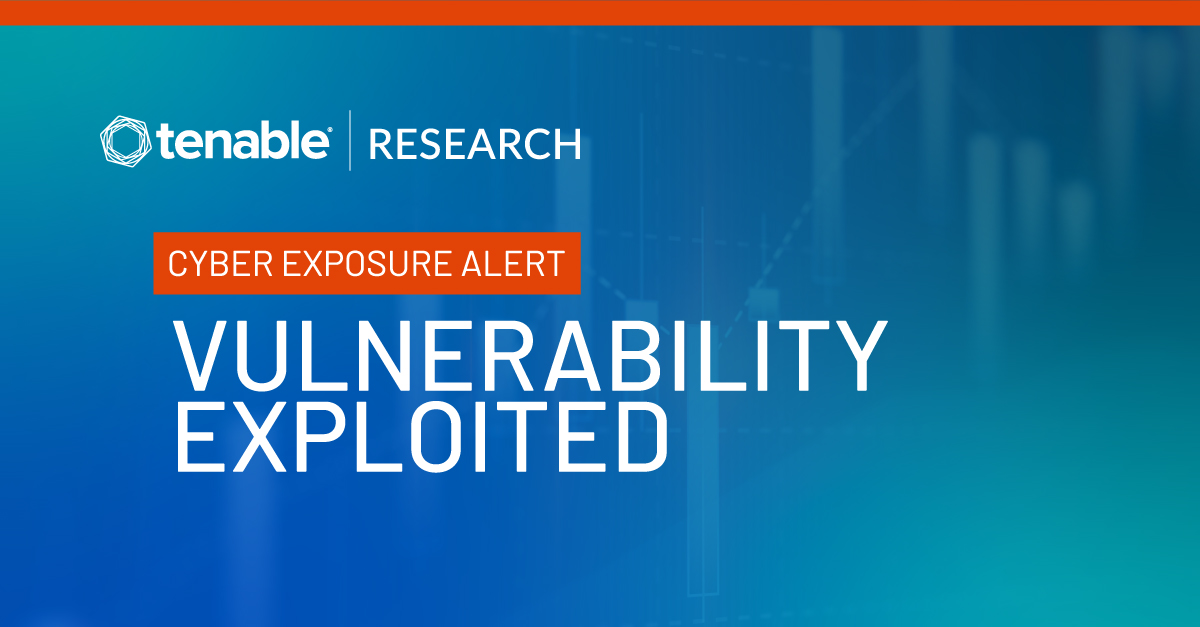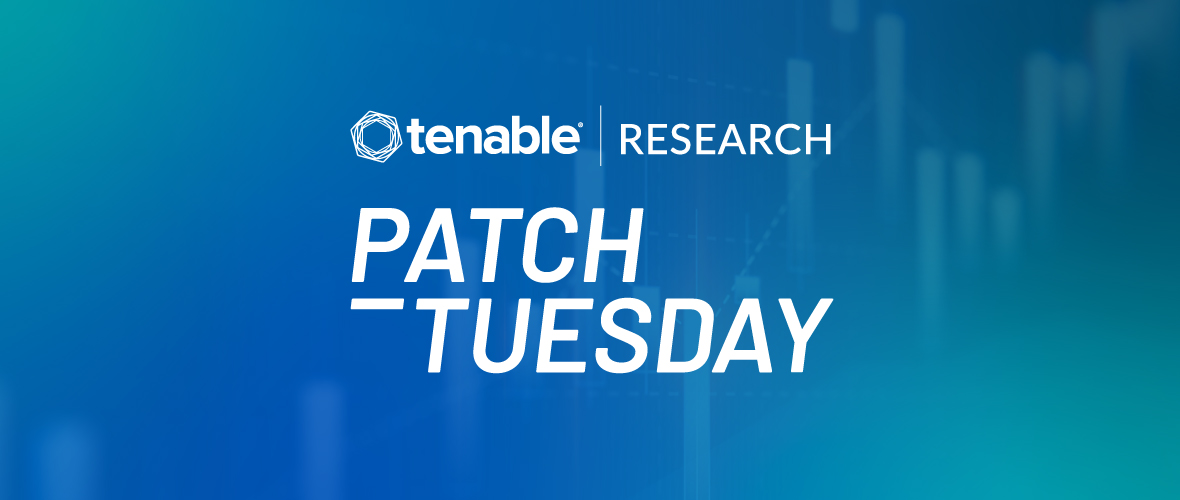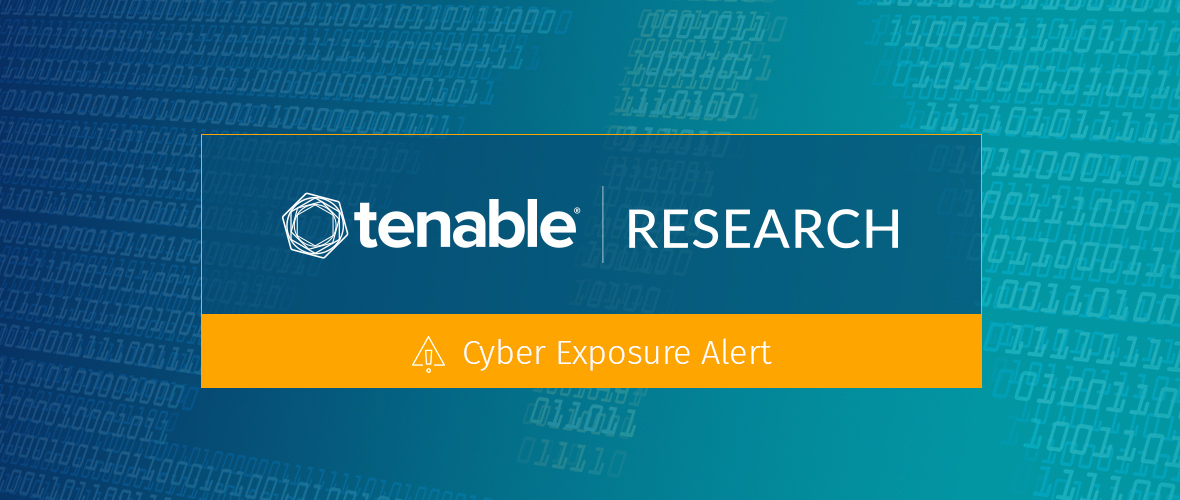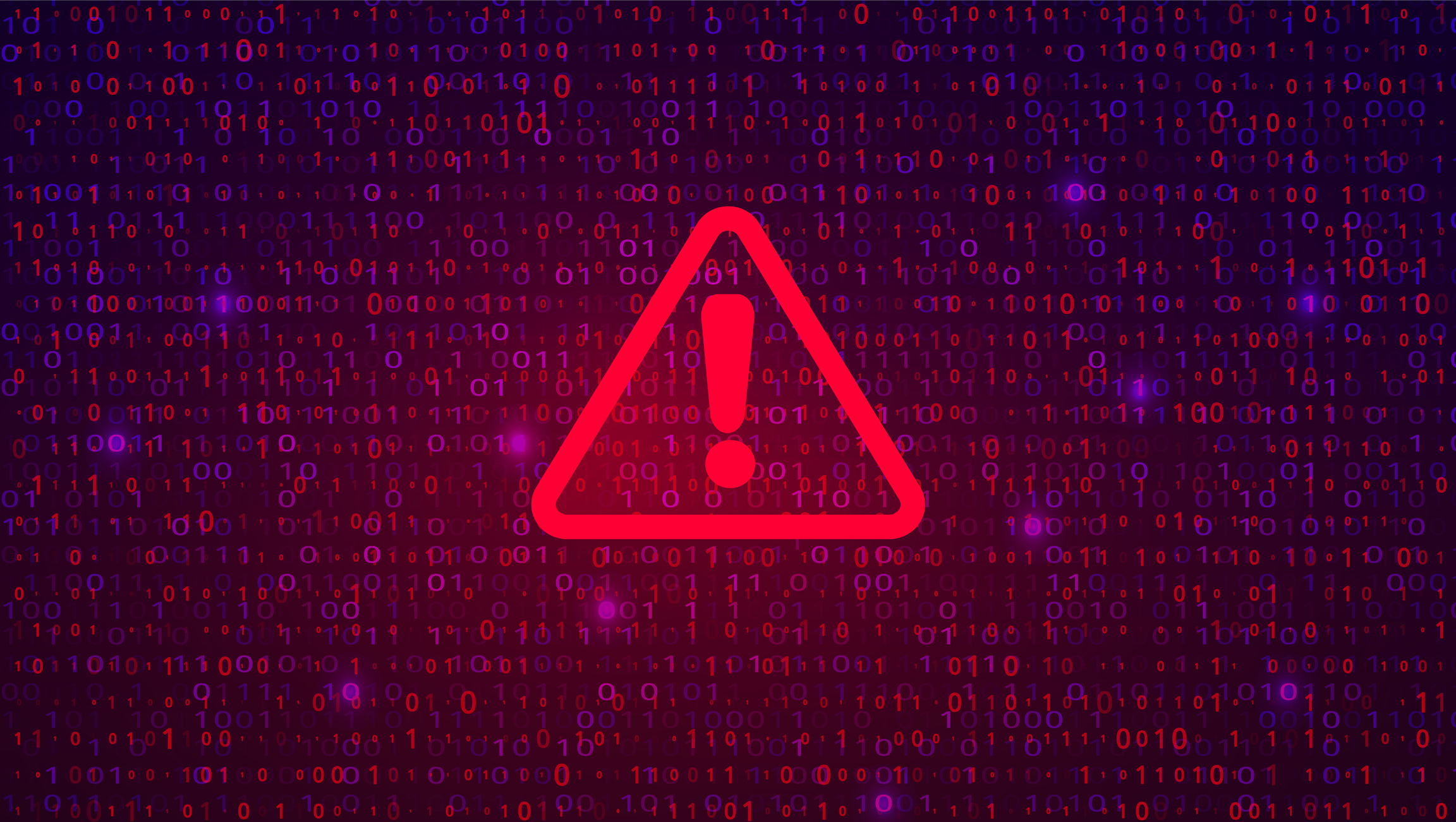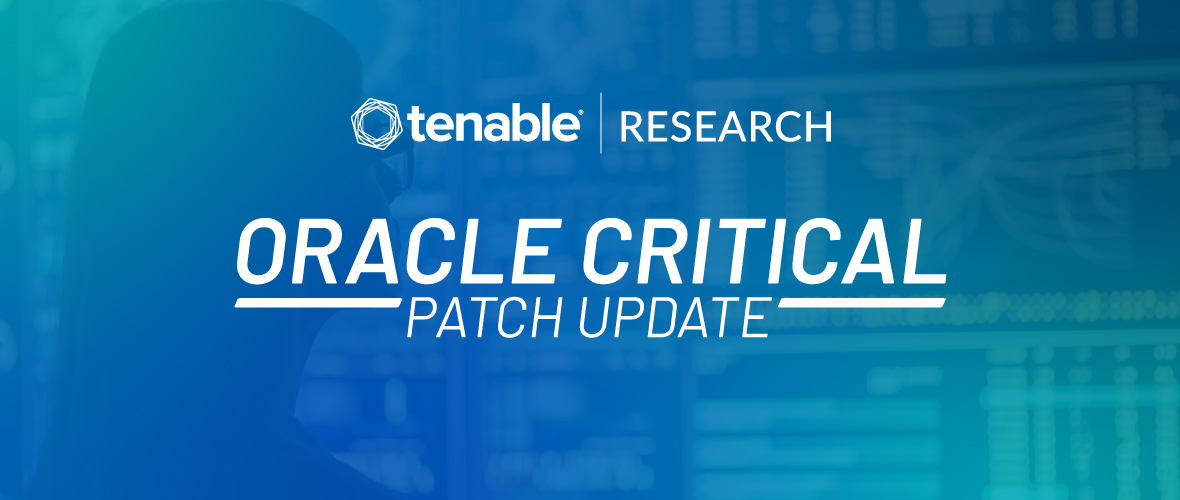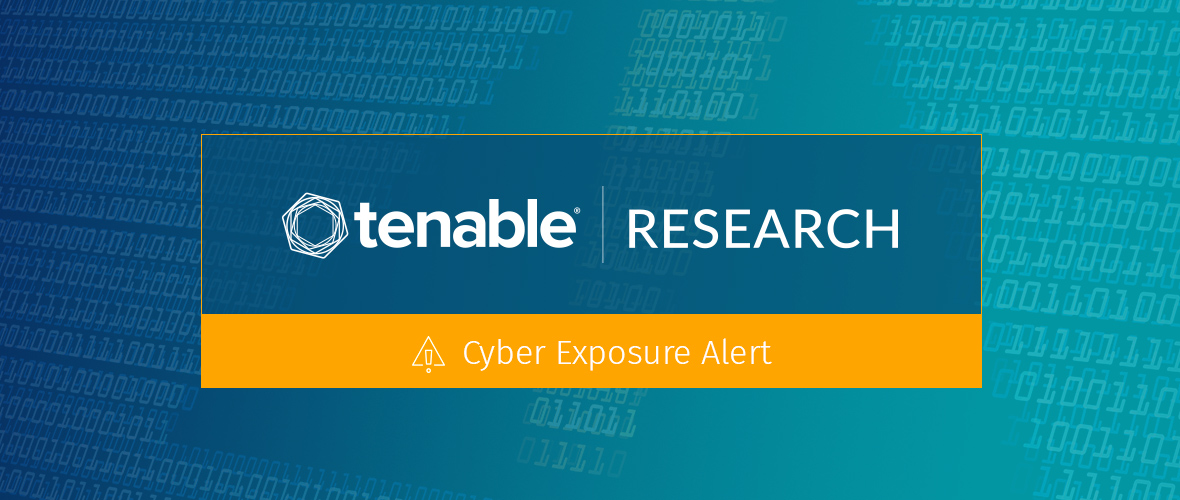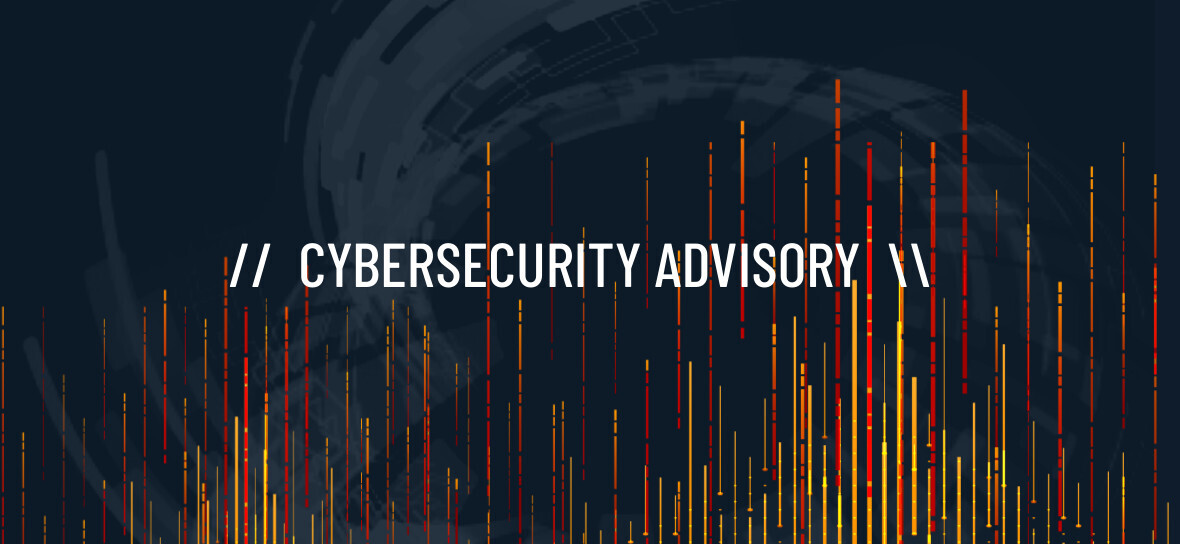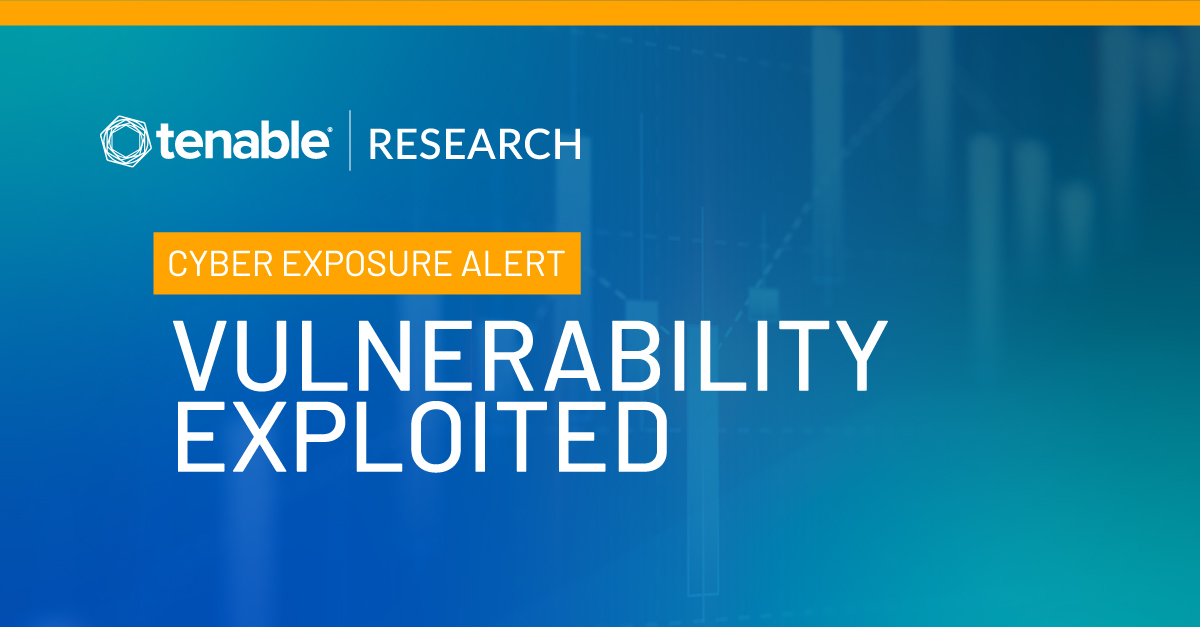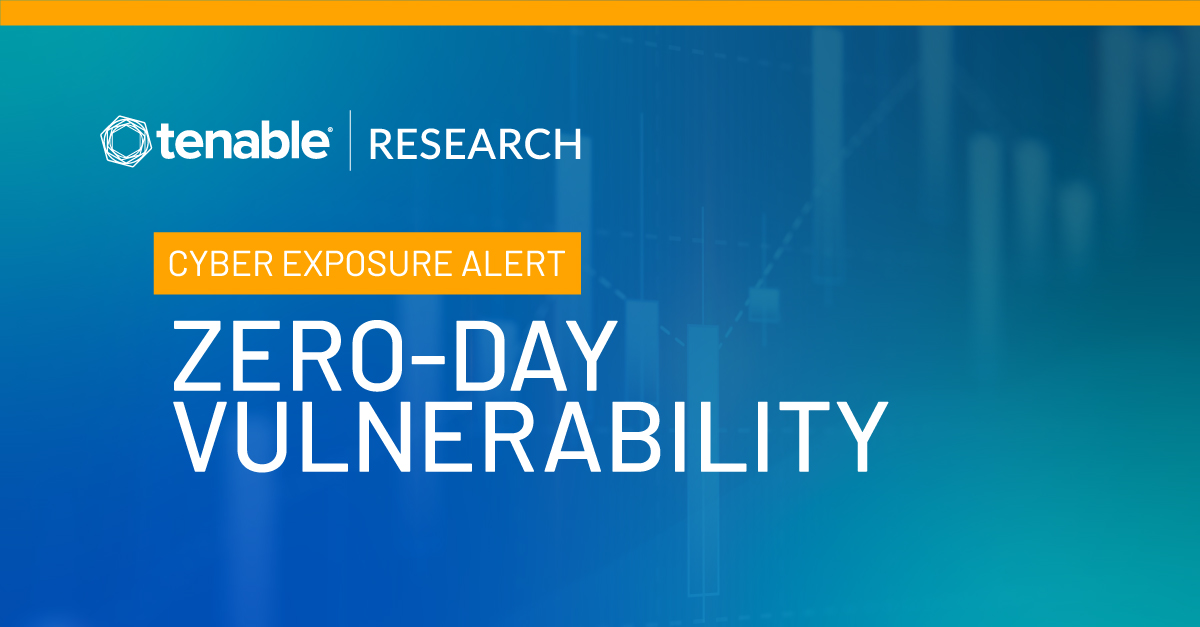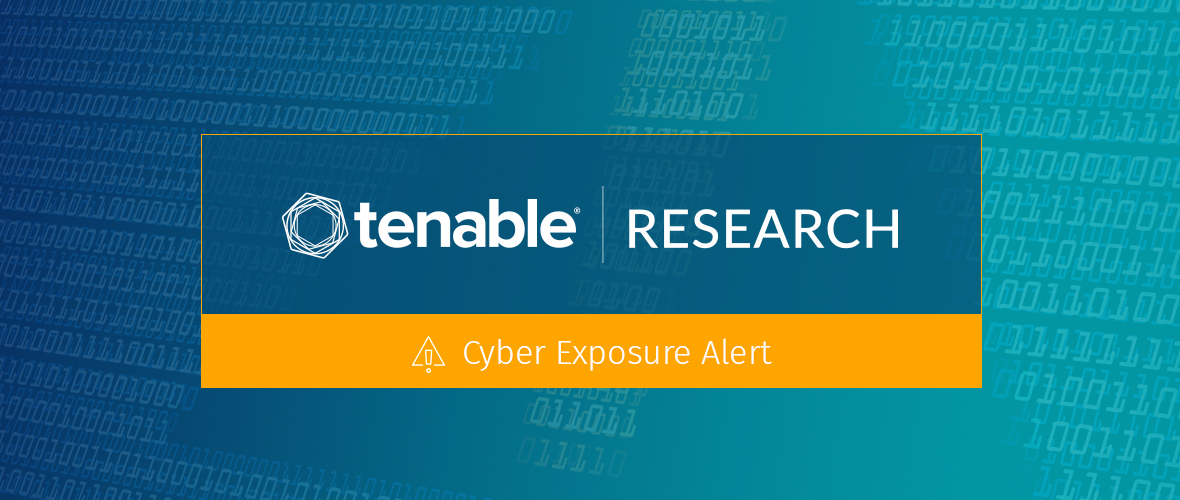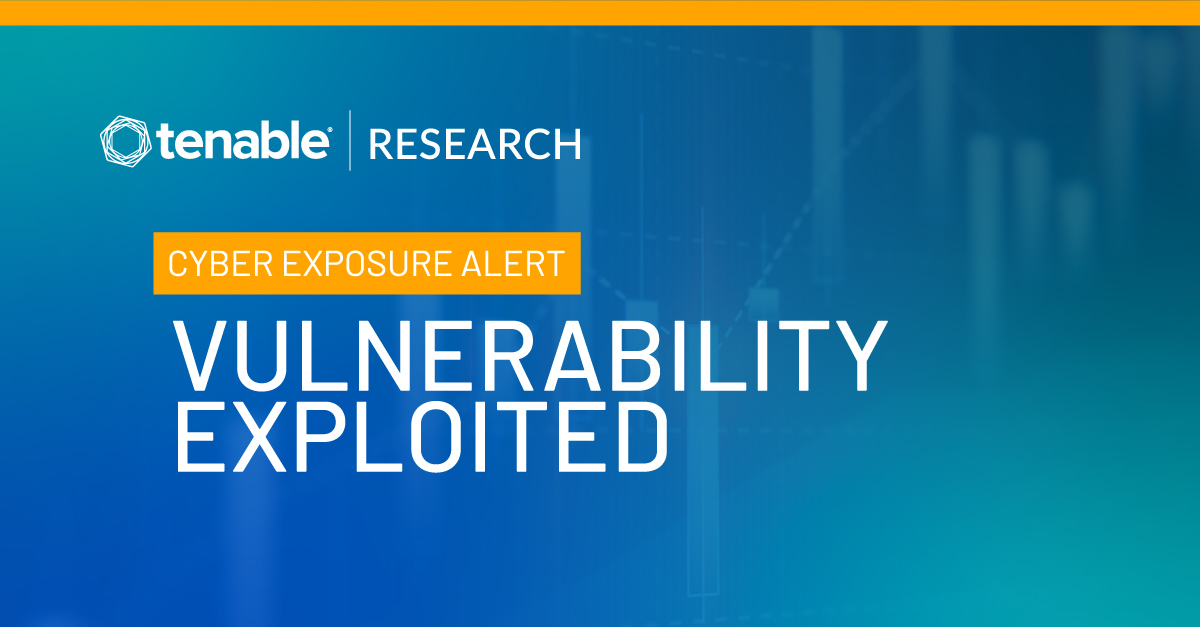The future belongs to cybersecurity leaders who can align their objectives with an understanding of business risk. Here are eight daily actions you can take to get there.
I've been working in cybersecurity for 20 years. I've been on the technical end performing penetration tests and malware analysis. I've run intrusion detection programs and security operations centers and was responsible for policy and compliance of all those components. In my current role at Tenable, I manage vendor relationships for 40 security tools and can tell you, with a fair degree of granularity, what each of those tools is doing on a daily basis and how it's performing. I can give you a list of all the vulnerabilities we patched on which systems in the past 30 days. But whenever I've talked to C-level business executives and the board — in my current role or in previous organizations — none of that matters.
At the end of the day, I always get asked one simple question: "How secure, or at risk, are we?" And, for 20 years, arriving at a meaningful answer to that question has remained a struggle.
Earlier this year, Tenable commissioned Forrester Consulting to conduct a study of more than 800 business and cybersecurity leaders globally to find out why. What it boils down to is this: There is a chronic disconnect between cybersecurity and business that is compounded by limitations in the technology, processes and data available to security leaders.
But we would be misguided if we do not also consider the human factors that lie at the core of the disconnect.
Business as a Second Language
CISOs and other cybersecurity leaders are unique participants in the executive suite. We have to be equally fluent in the languages of technology and business. Yet, unlike our colleagues in finance or sales — who may hold master's degrees in business or have other similar educational backgrounds — many cybersecurity leaders have technical backgrounds such as computer science. We typically rise up through the technical ranks of an organization. This puts us at an immediate disadvantage when we finally arrive at a senior managerial or C-level role.
Technology is our first, native language. And the tools and processes we use are all based on the language of technology, giving us results we can clearly articulate in our native tongue. Most of us have learned to passably speak "business as a second language" but a disconnect remains, in part, because the tools and frameworks we need to do our jobs don't lend themselves to easy translation.
"It's knowing how to translate a bunch of the things we find from a security perspective and making that relatable to the business, said Rick Vadgama, VP and CISO at a global online travel platform, in an interview with Tenable. "There are many InfoSec professionals who certainly understand what the vulnerabilities or exploits are, but they don't know how to translate that so that a regular business person can understand. They don't know how to make it relatable."
Vadgama, who majored in finance and accounting in college and held business roles early in his career before realizing it wasn't his calling and switching to IT, said his diverse background helps him in his current role. "I understand the business aspect. I understand the financials. And then, because I've come up through the ranks of IT and I've worked in various functions — including being a director of IT, owning networks, and owning developing groups — I also have context about those functions. So, as I've gone into security, I already had that context and awareness, I know how to cross the chasm between the technical people and the business people."
For cybersecurity leaders who have advanced through the technical ranks, Vadgama has this advice: "Leave the security space and go work in some other functions for a time, so that you have context as to how to run a business or group, and then come back to infosec."
It's all in a day's work
A SANS Institute paper from way back in 2003 articulated the challenges, which remain current to this day: "[CISO] responsibilities are unlike any other in the C-suite, not even CIOs have this scope."
The SANS paper details the following as being among the most important responsibilities carried out by most CISOs:
- Act as the organization's representative with respect to inquiries from customers, partners, and the general public regarding the organization's security strategy.
- Act as the organization's representative when dealing with law enforcement agencies while pursuing the sources of network attacks and information theft by employees.
- Balance security needs with the organization's strategic business plan, identify risk factors, and determine solutions to both.
- Develop security policies and procedures that provide adequate business application protection without interfering with core business requirements.
- Plan and test responses to security breaches, including the possibility for discussion of the event with customers, partners, or the general public.
- Oversee the selection testing, deployment, and maintenance of security hardware and software products as well as outsourced arrangements.
- Oversee a staff of employees responsible for organization's security, ranging from network technicians managing firewall devices to security guards.
Given the sheer scope of the role, it can be difficult to figure out where to prioritize your time on a typical day. Most of us would prefer to live in the technical comfort zone represented by the last three bullets above, spending our days planning for incidents and overseeing operations designed to minimize their likelihood.
But staying in our comfort zone is not making any of us safer. According to the Forrester study, The Rise of the Business-Aligned Security Executive, 94% of organizations have experienced a business-impacting cyberattack in the past 12 months that resulted in at least one of the following: a loss of customer, employee, or other confidential data; interruption of day-to-day operations; ransomware payout; financial loss or theft; and/or theft of intellectual property. And the vast majority of respondents (77%) expect cyberattacks to increase in the next two years.
The study also finds that 66% of business leaders are — at most — only somewhat confident in their security team's ability to quantify their organization's level of risk or security.
Becoming a business-aligned security leader: 8 steps
It's clear that something needs to change. As security leaders we need to find ways to improve our alignment with the business. And that requires effort every single day. You need to be mindful of how you're prioritizing your time to make sure you've structured your operations in a way that allows you ample time to focus on business alignment.
"The most important thing to become a business-aligned cybersecurity leader is to deliver value to business and create a co-ownership engagement cycle," said Jose Maria Labernia Salvador, head of IT security and internal control for LafargeHolcim IT EMEA in Madrid, in an interview with Tenable. "Mission and vision are also very important to agree with business, and a trusting, partner relationship needs to be established to make sure a direct channel is in place."
Making the effort to build trusting relationships throughout the organization is key, according to Vadgama. At his current company, the chance to participate in the organization's privacy committee gave him the opportunity to collaborate with leaders from the legal team as well as product management and engineering, among others. But even without a formal committee it's possible to reach out and connect across the organization.
"It's not just meeting with the IT team," Vadgama said. "It's also meeting with engineering and marketing and sales, and so on and so forth, and building those relationships. That way, when we do find something these teams need to address and I show up at their doorstep, they're like, ‘Okay. Yeah, we know we need to take care of this.' "
Here are eight practices you can incorporate into your days that will set you on the path toward a business-aligned future:
- Spend time each day reviewing your company's external-facing documents. Pay attention to what your organization's executives are communicating via financial statements, press releases, news articles, social media sites and industry forums.
- Schedule time with line-of-business executives to develop an understanding of their day-to-day challenges and build rapport. Learn how their performance is measured. Help them to see security as an enabler of their business needs rather than an impediment. This way they'll be more likely to involve you earlier in their strategic plans.
- Cultivate a working knowledge of the priorities and challenges facing organizations in your industry sector. Join trade associations or other professional organizations, read business-to-business articles in trade journals, attend webinars and other industry events. By doing so, you'll gain a working vocabulary and important perspectives to help you better align your security initiatives to your organization's unique business needs.
- Schedule regular check-ins with your fellow C-suite executives and use the time to learn what keeps them up at night. It's only by understanding broader business pain points that you can begin to develop a holistic understanding of what "risk" really means to your organization.
- Use quarterly business reviews as a prime learning opportunity. Listen closely to the strategic priorities and pain points articulated by your peers and consider the external business factors influencing them. Pay attention to how each executive demonstrates the return on their business investments and find ways to tailor your own security ROI metrics accordingly.
- Build a network of trusted business advisors. Engage mentors from across the business spectrum to provide guidance and offer a sounding board to help you refine your communications to become more business-friendly.
- Build relationships with the risk professionals in your organization. Cybersecurity is both a risk unto itself and a factor in all other business risk conversations. Find out how you can effectively participate in developing enterprise risk management strategies that keep cyber front-and-center.
- Pay attention to the third-party relationships happening across the organization. You may have a working knowledge of key relationships, such as your payroll processing or enterprise resource planning vendors. But how much visibility do you have into the tools and platforms used by your web team or the service and support contractors who maintain and service your organization's operational technology?
Finding time for all of the above, in addition to effectively performing all the other aspects of your role, may seem like a daunting proposition. You won't be able to do all of them all at once. Choose the one or two that resonate most for you, and start there.
One approach, said Labernia, is to "start at the top. Business leaders tend to be very open to discussion once they understand the complexity and risks of today's cybersecurity situation. Then you can extend progressively to other key areas of the organization. Try to shift from the common approach of saying ‘NO' to saying ‘KNOW.' You can always find a way to run the business securely once you understand the goals."
By making the active choice to break out of your technology comfort zone and become more business-aligned, you will not only benefit your organization, you will also enhance your career, setting yourself up to take that coveted "seat at the table" in driving business risk strategies.
Read the blog series
Additional blogs in this series focused on the challenges of aligning cybersecurity and business and why cybersecurity leaders struggle to answer the question “how secure, or at risk, are we?”. We also examined what COVID-19 response strategies reveal about the business-cyber disconnect, discussed why existing cybersecurity metrics fall short when communicating cyber risk and explored five steps for achieving alignment with the business.
Learn more:

